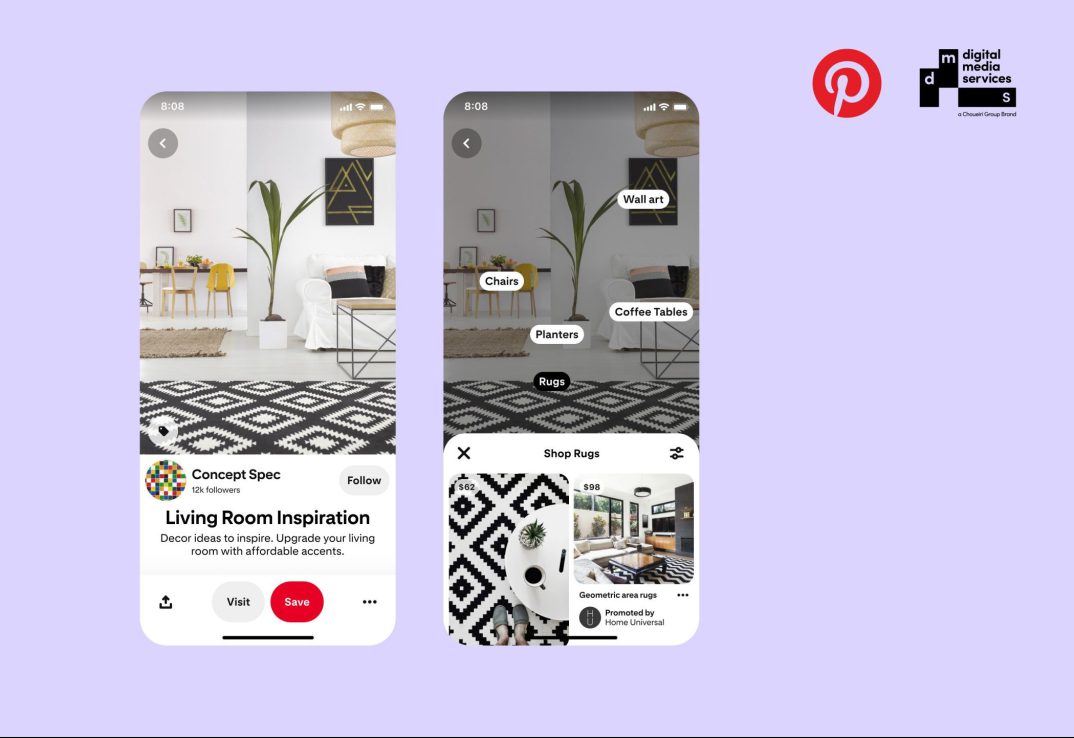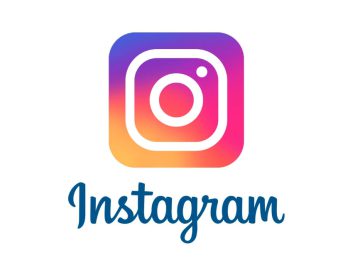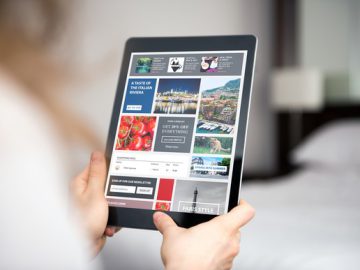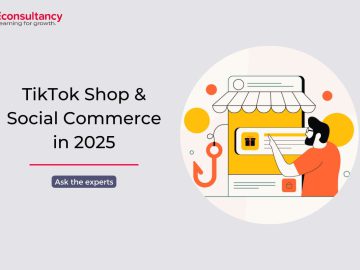Let’s set the scene: Earlier this year, in July 2024, Pinterest brought its digital advertising solutions to the shores of the Middle East and North Africa (MENA) region.
Following a partnership with DMS (Digital Media Services), a Choueiri Group brand, Pinterest offered advertisers access to the platform’s 25 million users across Algeria, Bahrain, Qatar, the UAE and Saudi Arabia, which accounts for 30 per cent of the cumulative population of these countries.
Two months later, in September 2024, Matt Hogle, the Vice President of Global SMB and Channel Sales at Pinterest, flew down from the company’s headquarters in San Francisco, California, to officially launch “a platform about discovery, fuelled by intent signals, offering brand safety” at the Pinterest Advertiser Summit in Dubai, UAE.
Campaign Middle East was present at the summit, where conversations among brands, advertisers, and agencies largely revolved around how to leverage Pinterest’s full funnel approach to build awarenesss, drive consideration, and get conversions leveraging the platform’s seemingly attentive and engaged users.
After the summit, Campaign Middle East sat down to interview Matt Hogle, the Vice President of Global SMB and Channel Sales at Pinterest, and Ziad Khammar, Chief Operating Officer at DMS.
Pinterest – What’s the ROAS and lower funnel value?
The interview began at the very heart of the critical industry conversations: ROAS, performance, lower funnel conversions, and proving the value and efficacy of the dollars that marketers spend.
Matt Hogle said: “Return on ad spend is the number one metric. The products that we are launching are squarely aimed at the lower funnel. If you think about direct links, which contain a call-to-action and take inquisitive users directly to a relevant website, or other product suites such as Performance+, they’re squarely aimed at that lower funnel.”
“We also work very closely with all of our partners to make sure that they are able to measure their performance with us in a way that fits within their broader measurement capabilities, whether that’s a custom media mix model, whether it’s conversion API, or whether it’s working with our Pinterest tag. We have a suite of products that are designed to empower them to measure us in the way that they feel most comfortable with,” Hogle added.
“The reason that we were so focused on rolling direct links out and driving global adoption was to shorten the time between ‘inspiration’ and ‘action’, driving shopping behaviour. When users find something that they’re inspired by and is relevant to them, and they want to buy it, our responsibility is to get them to the right brand and allow them to transact.”
 Matt Hogle, Vice President of SMB and Channel Sales, Pinterest
Matt Hogle, Vice President of SMB and Channel Sales, Pinterest
With the digital economy expanding in the MENA region, and e-commerce exploding, the rise of measurement tools for an omnichannel approach – across offline sales and online sales – have also raised the expectations of clients, brands, and advertisers.
“When you have a platform like Pinterest that is all about a full funnel approach, advertisers get a little more comfortable when they hear from their counterparts in the US, Europe, Asia who demand the same metrics. There’s no doubt about it; it’s working across the world. It’s great that we in the Middle East now have access to the same set of measurement tools others get across the world,” Ziad Khammar said.
With more than 500 million users globally, and more than 25 million users in the region, Pinterest previously reported that its direct links alone led to doubling the number of outbound links from the platform for advertisers.
When questioned about this, Matt Hogle said, “100 per cent of our lower funnel revenue is on the direct links product. The reason that we were so focused on rolling direct links out and driving global adoption was to shorten the time between ‘inspiration’ and ‘action’, driving shopping behaviour. When users find something that they’re inspired by and is relevant to them, and they want to buy it, our responsibility is to get them to the right brand and allow them to transact. Direct links facilitates and speeds up that process for them.”
Similarly, Pinterest’s Performance+ and Performance+ creative – which are currently in the beta stage and only available to select advertisers – bundles Pinterest’s automation and AI features to simplify campaign creation and boost campaigns to maximise ad impressions.
“What we’re doing is making it easier for the advertiser to manage the campaigns, providing intelligence to target the right ad to the right user at the specific right moment of time. So, yes, while click volume is important a metric, what it all comes back to is whether those clicks lead to conversions and ROAS and trending in a positive direction based on the products that we roll out,” Hogle said.
“For users searching more vaguely for an idea – rather than a specific product – like a red dress, we can through lifestyle imagery and AI suggest one image of a red dress that you want to buy from one retailer that goes well with a bag that you may want to buy from another retailer. The number one request that we’ve gotten from users around the world – and this is not specific to the MENA market – is: ‘Help me figure out how to buy the combination of things that I find on Pinterest’.
Shoppable content on Pinterest – User intent to buy
For those unfamiliar with the Pinterest evolution, what began as a visual discovery engine: a platform where users went to find and share inspiration for various interests, such as fashion, home decor, and crafts, gradually transitioned into a significant destination for online shopping: to find new info about products and brands.
This shift was enabled by Pinterest’s product pins, retail catalogue integration, the Pinterest Lens, API integrations, partnerships with Shopify and Woo Commerce, carousel ads, shopping ads, creator marketplace, and verified merchant programme (VMP), among others.
“Shopping is in our DNA. People come to Pinterest for inspiration. They find something that inspires them and then they want it. So, for users searching more vaguely for an idea – rather than a specific product – like a red dress, we can through lifestyle imagery and AI suggest one image of a red dress that you want to buy from one retailer that goes well with a bag that you may want to buy from another retailer, with shoes that go well with the outfit from another retailer,” Hogle said.
“The number one request that we’ve gotten from users around the world – and this is not specific to the MENA market – is: ‘Help me figure out how to buy the combination of things that I find on Pinterest’. So, making this content ‘shoppable’ is our responsibility. Bringing shopping products to market for advertisers is just helping complete that obligation that we have to our core user base. Our jobs is to help them find that in stock, in the right size, in the right colour, at the best price, and let them transact seamlessly with one of our advertising partners,” he added.
“It actually starts with user safety. We don’t allow things that traditional social media platforms allow. So, when you start with a user-safe platform, and build an experience within that safe environment, it makes brand safety really easy.”
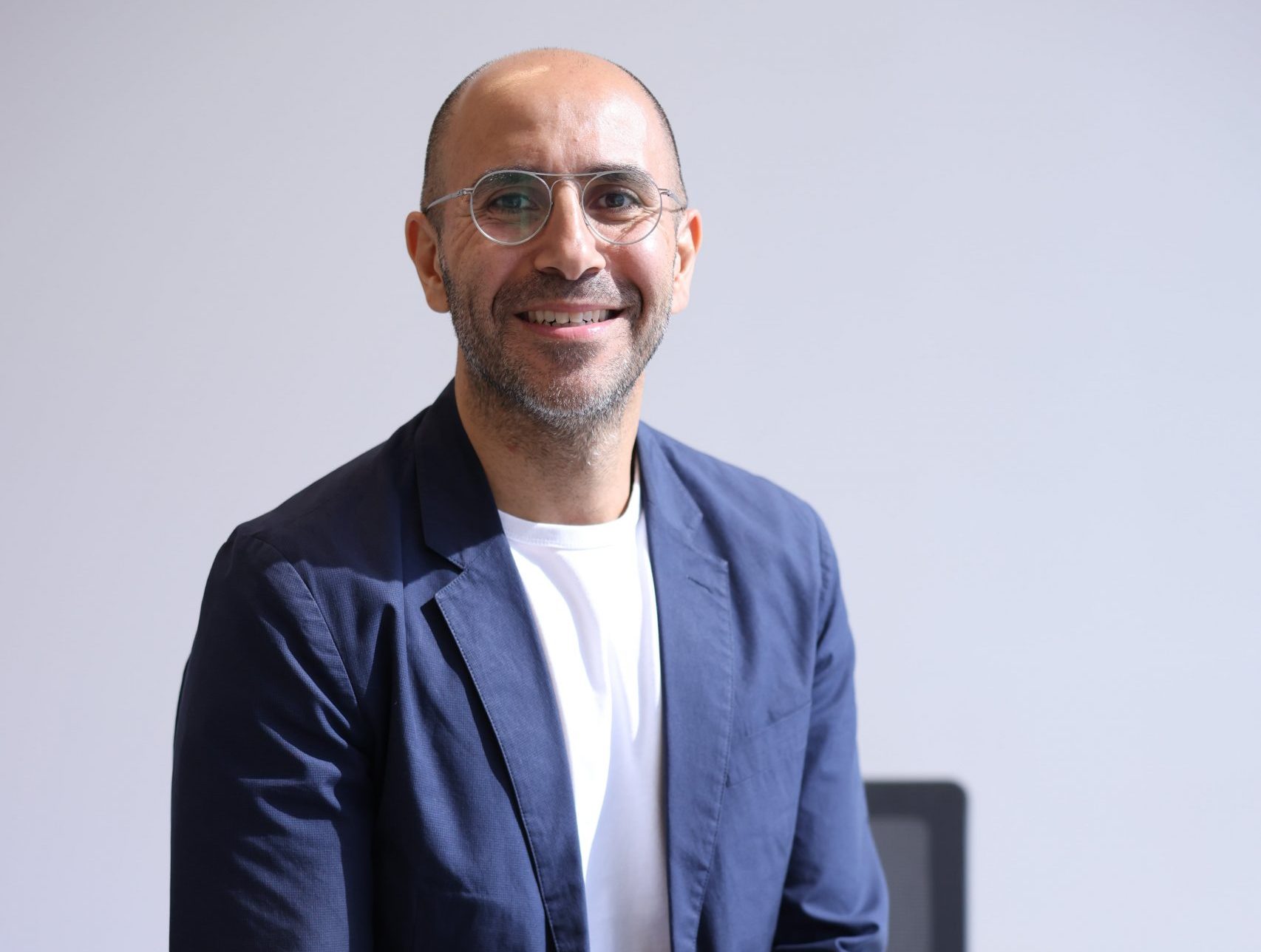 Ziad Khammar, Chief Operating Officer, DMS
Ziad Khammar, Chief Operating Officer, DMS
Brand safety and full funnel capabitilies
Pinterest has also clearly distanced itself from social media channels and other content sharing platforms. In addition to strict content policies and moderation through a a combination of human and AI-driven tools, the brand also offers brands and advertisers the ability to customise inventory filters, keyword exclusions, as well as placement and expanded targeting opt-outs within their campaign settings.
Ziad Khammar said, “For people who use Pinterest to discover, there is no news, trolls, or social media conversations on the channel that can cause them to turn away. In a region where brands tend to be very cautious about which channels and platforms they spend their money on, Pinterest is a breath of fresh air both in terms of brand safety as well as full funnel approach that delivers and measures.”
“This is a rare combination: the idea that I can find a user even before they’re considering my product, not only to help them discover it and raise awareness about my brand, but also get them down the funnel to brand consideration and actually purchase the product without ever having to worry about brand safety,” Khammar added.
When Matt Hogle was asked to add his thoughts about about brand safety, he dialled back a bit for context.
“It actually starts with user safety. We don’t allow things that traditional social media platforms allow. This is also engineered into the product: we are not trying to capture people’s attention for the longest amount of time; we are not trying to drive engagement for the wrong reasons in the wrong ways. So, when you start with a user-safe platform, and build an experience within that safe environment, it makes brand safety really easy,” Hogle added.
“What sets Pinterest apart is that irrespective of where the users are in their consumer journey – inspiration, discover, consideration, or action – we want to be relevant to them, and show them the correct recommendation that is relevant to them at the right time.”
AI-powered relevant content for users
Pinterest has, for a long time now, incorporated artificial intelligence (AI) as part of its core user experience – specifically in its visual search. The platform invested in AI to improve recommendations and ensure that users were offered relevant content to view.
Matt Hogle said, “Relevancy is an area we’re heavily invested in. As I said before, we’re not invested in ‘time spent on the platform’. What we do invest in is the relevancy of content we showed you while you were on the platform. And then when you think about what that means from a monetisation perspective: if we’re showing the user the most relevant piece of content at any given time based on what we know they’re trying to accomplish, it makes us capable of including brands and advertising as a part of that recommendation set.”
Artificial intelligence is also helping users on the platform in their inspiration and discovery journey.
“Let’s take a specific example. A user is looking for a lamp for their house – a very specific type of lamp. The AI feature can find lamps from various very vast retail catalogues and show it to the user. Now, what if the user likes a lamp, but it’s on a plain white background and they can’t really visualise what it’s going to look like in their house? We can use AI to show that same lamp on a coffee table, or next to a couch, which drives more informed consideration,” Hogle explained.
“What sets Pinterest apart is that irrespective of where the users are in their consumer journey – inspiration, discover, consideration, or action – we want to be relevant to them, and show them the correct recommendation that is relevant to them at the right time. So, if a product is not a good fit, it won’t come up, and if it is a good fit, it should. But this is exactly why it’s great for advertisers – the content even within the ads are so much more relevant and personalised to the users based on their likes and preferences that we’ve seen them engage with it and purchase a product rather than skipping an ad,” Hogle concluded.

